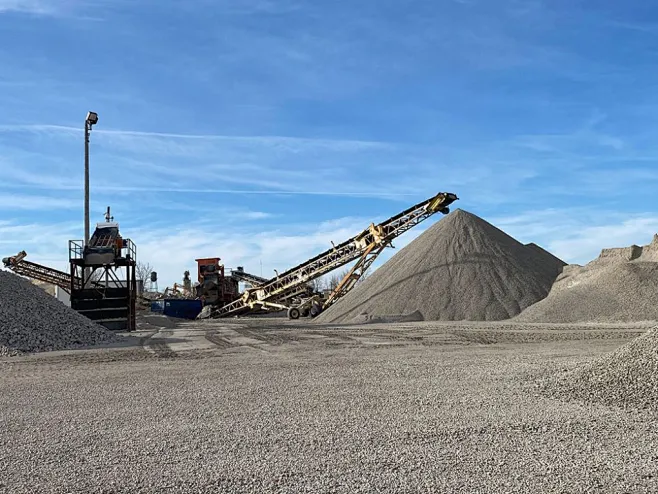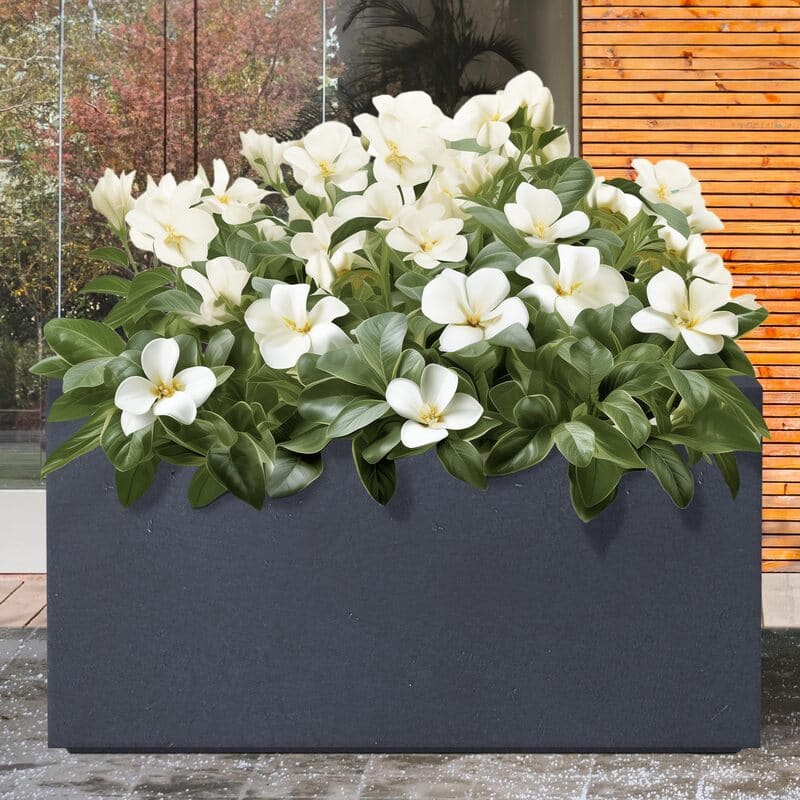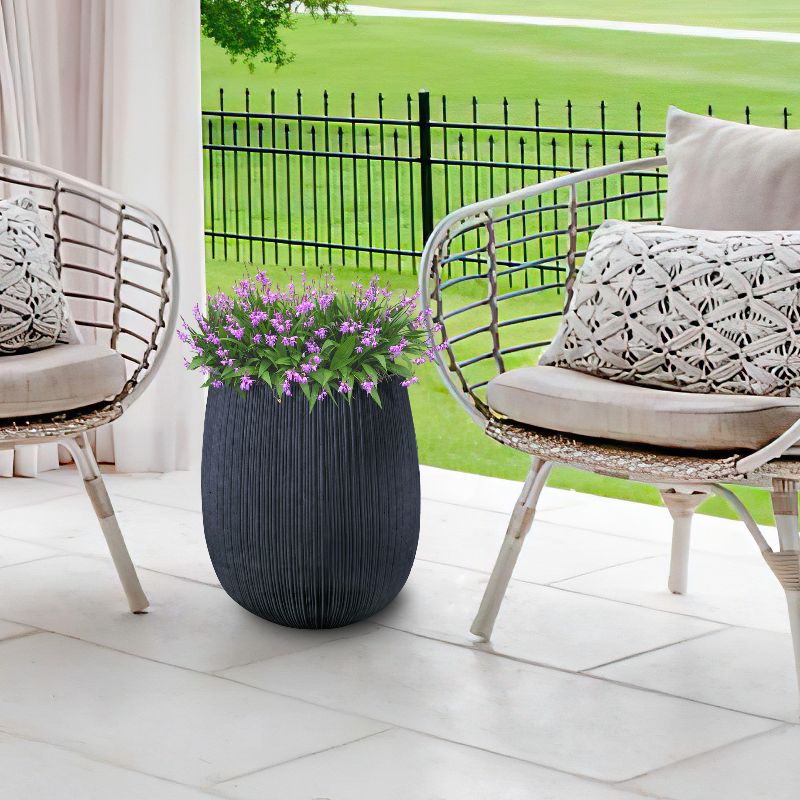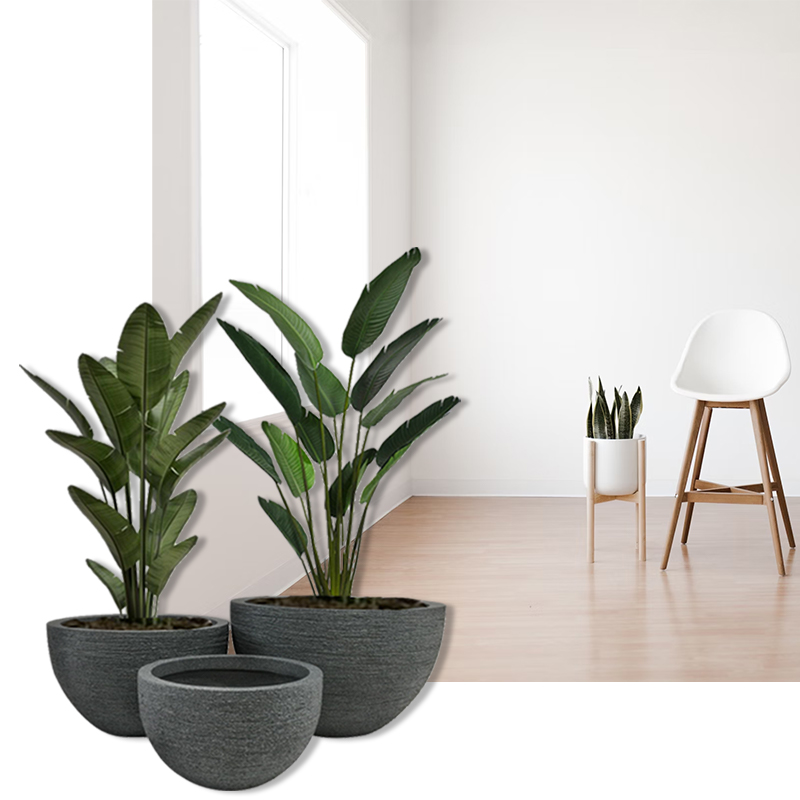The Historical Development of GRC in China
The historical development of GRC in China is a story of innovation, challenges, and continuous progress. This article explores the evolution of GRC from its early beginnings to the present day, highlighting the significant milestones and the efforts to overcome obstacles along the way.
Before 1950s
In the 1940s, a significant advancement in materials science was achieved with the development of early glass fiber reinforced plastic (GRP), commonly referred to as glass fiber reinforced concrete. This innovation generated considerable interest among researchers and engineers who began investigating the potential applications of glass fibers within cement-based composites. Initial experiments concentrated on integrating ordinary glass fibers into cement mixtures to enhance their mechanical properties.
However, these preliminary trials revealed critical challenges. It became evident that untreated ordinary glass fibers were vulnerable to alkali attack due to the high pH environment created during the hydration process of cement. This interaction resulted in substantial reductions in strength and compromised the long-term effectiveness of these materials. Consequently, there arose an urgent need for more resilient alternatives capable of withstanding such chemical interactions without degradation over time.
To address this issue, researchers initiated efforts aimed at developing alkali-resistant glass fibers specifically designed for incorporation within cementitious matrices. These innovations involved modifying traditional glass fiber compositions by incorporating various additives or altering manufacturing processes to enhance their resistance against alkaline environments.
After 1950s
A pivotal moment occurred in 1966 when British inventor A.J. Majumder successfully developed an alkali-resistant glass fiber known as "Cem-Fil." This innovative material incorporated zirconia oxide into its structure, effectively mitigating the effects of alkali attacks on embedded fibers within concrete mixes. By doing so, Cem-Fil provided foundational assurance regarding both durability and performance characteristics essential for Glass Fiber Reinforced Concrete (GRC).
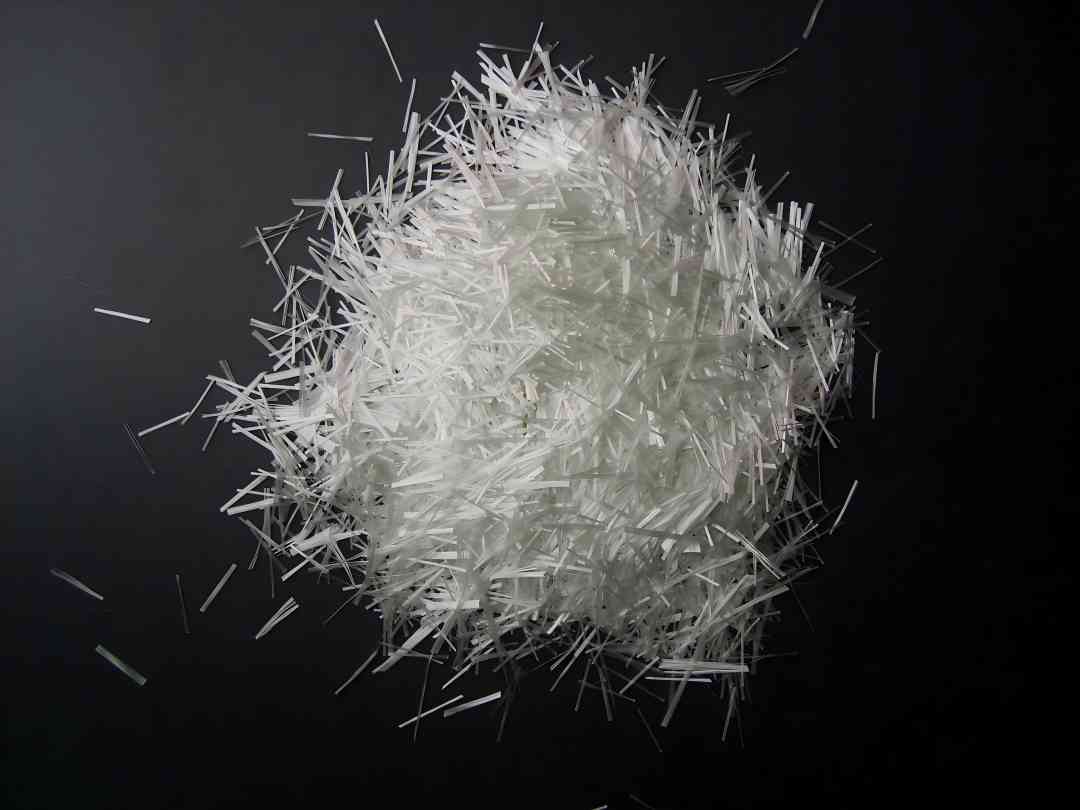
Cem-Fil know as fiber glass
The introduction of Cem-Fil marked a transformative phase in GRC technology; it not only improved reliability but also expanded application possibilities across diverse construction sectors globally—from architectural facades and decorative elements to precast components utilized in infrastructure projects.
In China, research into GRC commenced during the late 1950s; however, progress encountered setbacks primarily because non-alkali resistant fiberglass was initially employed—leading to rapid declines in product strength along with concerns surrounding safety and longevity. Consequently, regulatory bodies such as the State Construction Department imposed restrictions on GRC usage starting from 1961 until further advancements could be realized.
By the mid-1970s, renewed focus emerged towards overcoming previous limitations associated with GRC production techniques through dual avenues: one being advancements in creating effective alkali-resistant fiberglass while concurrently innovating low-alkalinity cements tailored for compatibility with new fibrous reinforcements. Both lines of inquiry yielded promising breakthroughs by mid-1980s enabling re-entry into practical applications throughout China’s construction landscape—a trend that gained significant momentum during subsequent decades leading up through widespread promotional initiatives observed throughout the 1990s onward.
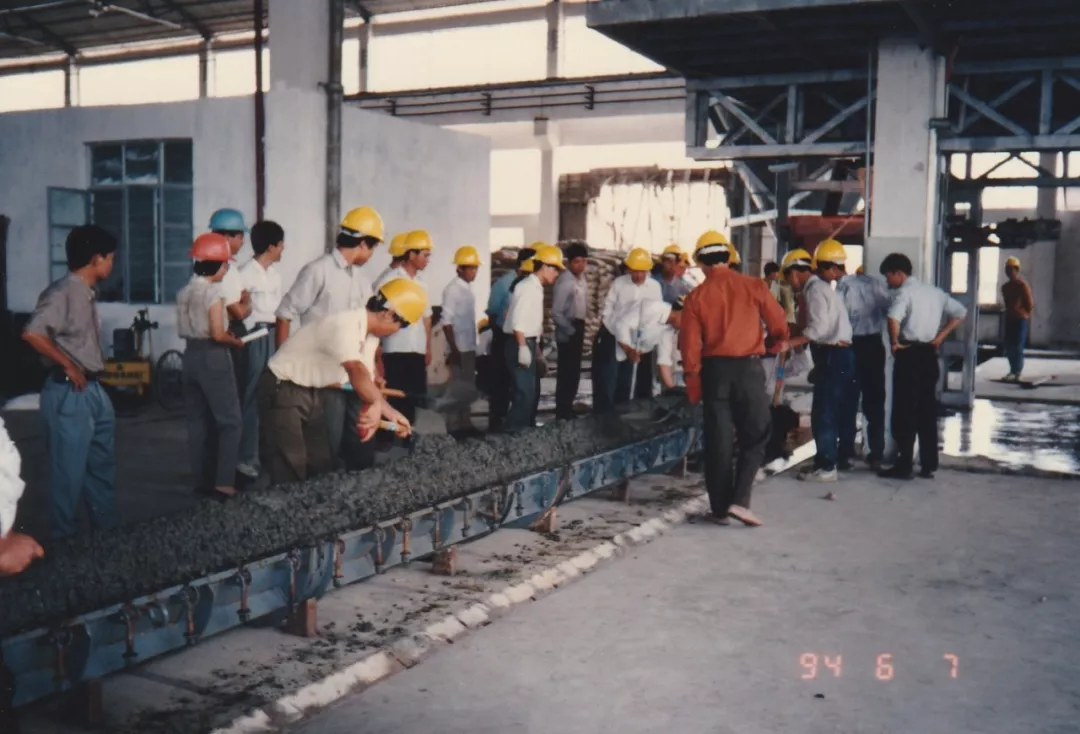
Concrete pile pipe production line was started in Guangdong, China in 1994 by a local renowned enterprise
Recent advancements in cement products
Despite ongoing developments enhancing its properties over time—including improvements directly related to mechanical performance metrics alongside overall durability profiles—current standards still classify GRC strictly under non-load-bearing categories within structural engineering frameworks today largely due to persistent inherent limitations concerning load capacity thresholds compared against conventional building materials like steel or reinforced concrete systems currently dominating market preferences worldwide.
Nevertheless, continued investment directed toward research endeavors promises future enhancements may eventually facilitate integration pathways whereby advanced iterations might fulfill roles traditionally reserved exclusively for structural components thereby expanding horizons even further beyond current capabilities established thus far within industry practices surrounding composite technologies involving Glass Fiber Reinforced Concrete solutions moving forward.
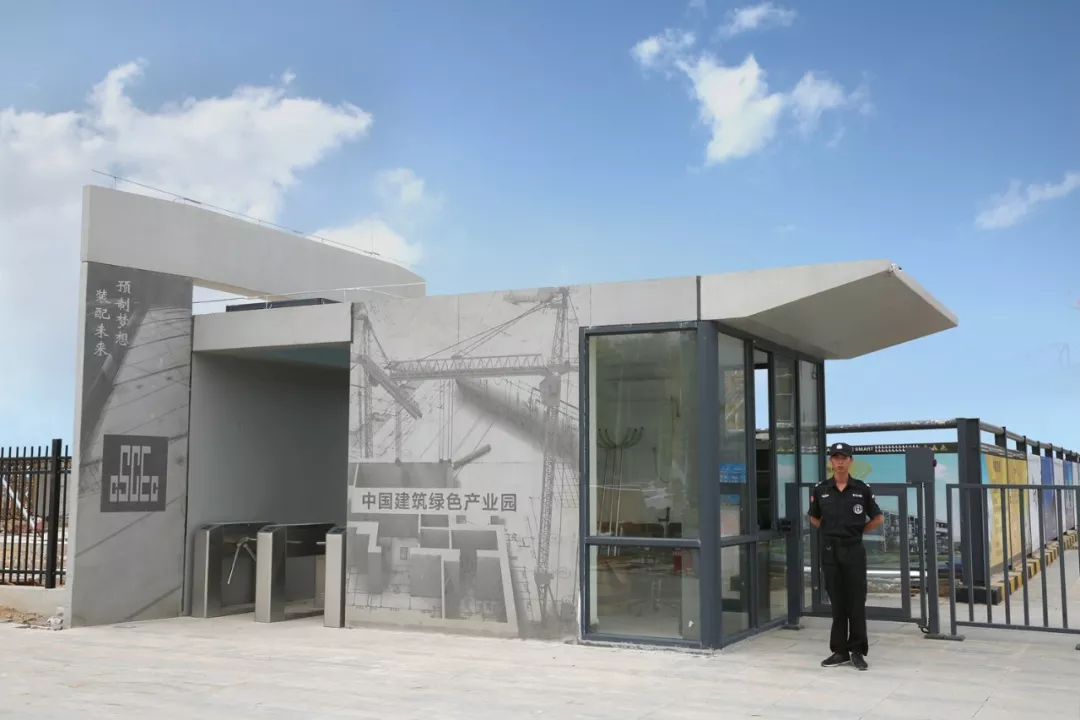
Imaging the concrete wall nowadays
History and Culture of Ronglin

